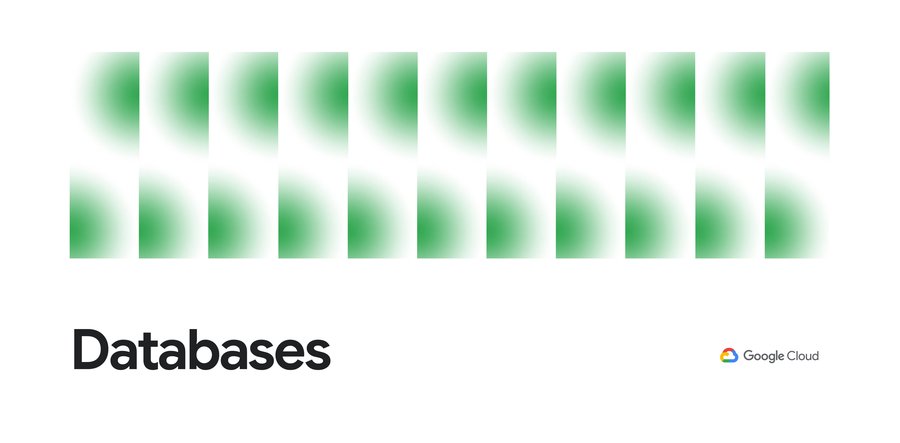Export data from Cloud SQL without performance overhead
Brett Hesterberg
Product Manager, Google Cloud Platform
Editor's note: To allow users more time to try out serverless exports, we have extended the no charge trial period until June 1, 2022.
While there are a variety of reasons to export data out of your databases—such as to maintain backups, meet regulatory data retention policies, or feed downstream analytics—exports can put undue strain on your production systems, making them challenging to schedule and manage. To eliminate that resource strain, we’ve launched a new feature for Cloud SQL: serverless exports. Serverless exports enables you to export data from your MySQL and PostgreSQL database instances without any impact on performance or risk to your production workloads.
Cloud SQL exports, which offer portable data formats (SQL, CSV), can be triggered anytime and are written to Cloud Storage buckets that you control.
If you need to meet regulatory requirements around data retention, you can easily send exports to buckets with Bucket Lock enabled. Bucket Lock allows you to configure a data retention policy for a Cloud Storage bucket that governs how long objects in the bucket must be retained. It also allows you to lock the data retention policy, permanently preventing the policy from being reduced or removed.
As another example, you can export data to CSV based on a custom query, then import the data directly to BigQuery for analytics. And if this is for regular reporting, you can schedule a recurring import with Data Transfer Service or Cloud Scheduler.
Using the new serverless export feature ensures these exports won’t bog down your Cloud SQL database instance, so you can continue to run predictably and reliably. And until February 2021, you can use serverless exports at no charge.
What’s next for Cloud SQL
We’re excited to see what you build with the new serverless exports feature. Have more ideas? Let us know what other features and capabilities you need with our Issue Tracker and by joining the Cloud SQL discussion group. We’re glad you’re along for the ride, and we look forward to your feedback!




